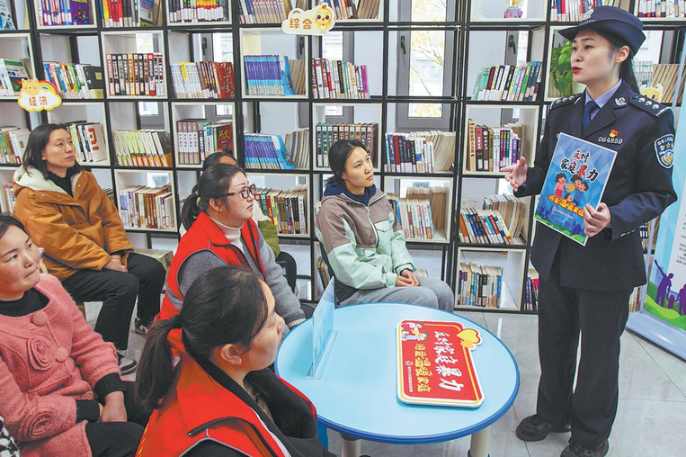Precious best placed into the safest hands
By Zhao Xu | China Daily | Updated: 2018-01-27 10:30

Those who put China's historic treasures on display have a delicate task as they prepare them to be exhibited.
Qian Wei of Art Exhibitions China, who was closely involved in the blockbuster show Age of Empires at the Metropolitan Museum of Art in New York last year, says that throughout the show she was more impressed by the installation and withdrawal of the exhibits than by anything else.
"For me, those are the parts where the professionalism of the Met staff crystallized," she says, referring to the show that put on view nearly 300 pieces of unearthed treasures from the Qin and Han dynasties (221 BC-220 AD). It drew more than 355,000 visitors between April and July.
"Unlike the many other museums we have worked with, the Met doesn't require the service of a transport company after the exhibits land in the US. Instead they rely on their own team whose members can only be called specialists.
Qian has been with Art Exhibitions China for 27 years, a job with the official Chinese organization that entails helping organize star shows overseas that highlight the country's lustrous cultural heritage.
"I still have the image of a Met worker in my mind," she says.
"He came close to one of the exhibits, a bronze pot from more than two millennia ago in this case. Instead of getting down to work as I had expected, he bent down and walked around it, examined every crack carefully. That's when he started asking us questions about the pot's condition, its weak points, whether it had been repaired ...basically everything he needed to know before putting his hands on this precious piece of history.

"Their movements were always tentative, and filled with a thoughtfulness that could only be informed by a heartfelt reverence for history."
Jason Sun (Sun Zhixin), curator of the Met's Asia Art Department who is behind the exhibition, says "the Met's excellent reputation for caring for and conserving works of art has always made it possible to request loans that require special treatment".
"A pottery lamp with three tiers and multiple branches, for example, was one of the most fragile among the loans in the exhibition. The Met installation team spent several days creating a stand with a central pole and three separate trays to provide full support to keep the object safe throughout the display."
Sun, who graduated from Princeton University with a doctoral degree in Chinese art history and archaeology, and who hails from Beijing, saw his entire career coinciding, or being propelled by, the steadily increasing cultural exchanges between China and his adopted home. In fact, his resume over the past 15 years covers all of the three major exhibitions that were the result of close collaboration between the Met and Art Exhibitions China. They were China: Dawn of a Golden Age, 200-750 A.D. (2004-05), The World of Khubilai Khan: Chinese Art in the Yuan Dynasty (2010-11) and the latest, the Age of Empires: Chinese Art of the Qin and Han Dynasties.
"There's always a six-year interval between consecutive exhibitions," Qian says. How come it has taken so long? Well, you wouldn't be surprised if you were familiar with the effort needed to put together a milestone show like one of the three," Qian says.
According to her, the nearly 300 exhibits came from 32 museums and cultural institutions in 13 Chinese provinces.
























